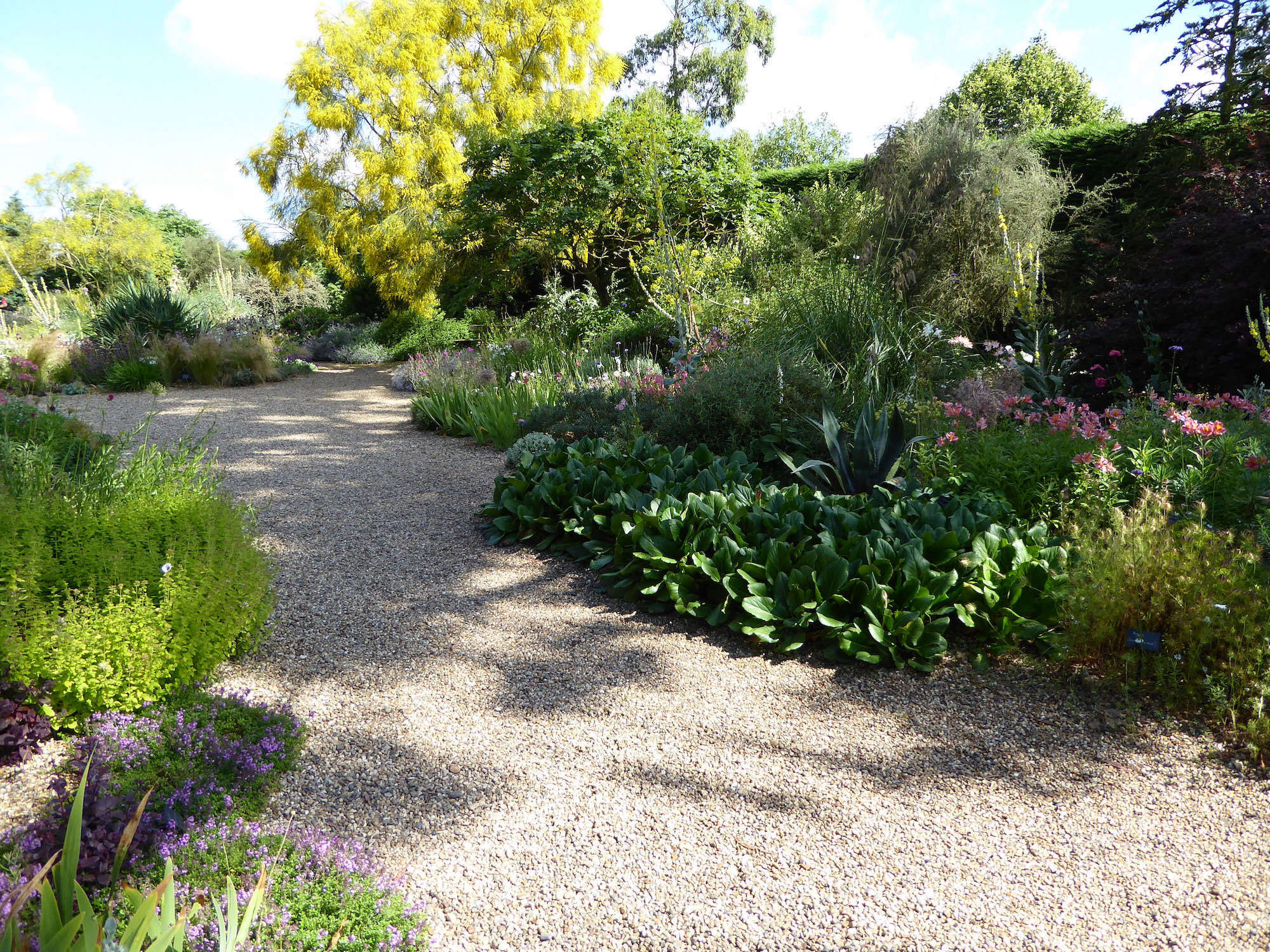
Gravel Gardens: Everything You Need to Know About Dry Gardens
The gravel garden has never been more popular, thanks to the pressures of climate change, the increasing interest in drought-tolerant planting—and the strange misconception that it is somehow more low-maintenance than lush and abundant borders. A gravel garden in designed by Alice Meacham. Ideally you will have chosen drought-tolerant plants that can cope with the conditions of a hot garden, but you will still need to help plants retain moisture. 1. Dry doesn’t mean completely dry. Photograph by Jethro Marshall, from Before & After: An Airy Gravel Garden for a Midcentury British House in West Dorset. 2. Space for generous paths is a must. The gravel garden at the the Roundhouse, Dungeness. Photograph by Caitlin Atkinson for Gardenista, from The Roundhouse: Fearless Shingle Gardening at Dungeness on the Coast of England. A sea of Verbena bonariensis and Verbasum chaixii ‘Album’ in my own gravel garden. The easiest way to control them is with judicious dead-heading, removing the main offenders ahead of winter, when perennial seeds are most likely to scatter. Photograph by Clare Coulson. 3. Not all self-seeders are equal. Photograph by Joe Fletcher courtesy of Sagan Piechota Architecture, from Landscape Architect Visit: The California Life, Outdoor Living Room Included. 4. You need the right kind of gravel. A minimalistic gravel garden with a raised fire pit and seating area in Carmel Valley. 5. You’ll need a strong sub-base, too. Photograph by Caitlin Atkinson, from Wild Is Best: A Low-Water, High-Spirit Garden in a Small Footprint for an Architect. A gravel base up close. Gravel or other stones can then be spread on top of this stable base and around the plants as an additional mulch. Basalt stepping stones through a gravel garden designed by Annie Guilfoyle. An additional layer of planting using bulbs will ensure that in spring and early summer, before many perennials have hit their stride, you can still have a good display. 6. You may miss out on spring—unless you plan for it. Photograph by Clare Coulson. 7. Gravel gardens can be pollinator heavens. Richly layered planting around a graveled area at Tattinghall Hall in Cheshire, England. One of the most joyful benefits of a gravel garden full of bee-friendly planting is that it will be alive with insects, bees, ladybirds, moths, and butterflies all summer. The beautiful dry garden planting at Beth Chatto’s garden in Essex where the towering verbascums and eryngiums both boast difficult-to-remove tap roots. 8. Beware those tap roots. Photograph by Clare Coulson, from Expert Advice: 11 Tips for Gravel Garden Design. Fennel, verbascums, baptisia, and lupins are amongst the plants that are trickier to remove, so plant them in well-thought out positions and beware their self-seeding tendencies. Photograph via Redfin, from Genius Garden Ideas: 10 Landscapes with Olive Trees. 9. They’re higher maintenance than you think. The graveled outdoor dining area of Patrick Dempsey’s Malibu home. If you choose lots of perennial and biennial plants, then the biggest misconception about gravel gardens is that somehow, less soil equals less work. 10. They can be left to stand through winter. Photograph by Jo McKerr, from The Romance of Rubble: Why People Are Talking About Gardening With Impoverished Soil. The former brownfield site around Jo McKerr’s house in Somerset, England. 
